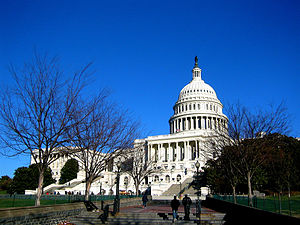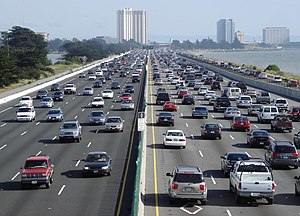So who watched the elections on Tuesday night? I was up until 1:30 AM watching the speeches. If you are an urban planner, it’s likely that you pulled the lever for Barack Obama. Because, sadly, the ideals and principles that planners hold dear are more often than not represented by the Democratic Party. And that is really a shame.
It is a shame that the Republican Party has effectively removed itself from concerns about urban affairs, the environment, and competent governance – all key factors in urban planning. Let’s face it, America is a metropolitan nation; no longer a rural agrarian society. And our metro regions have big problems and bigger governments to deal with those problems. So when you have guys like Grover Norquist saying that he “wants to drown government in a bathtub”, it doesn’t inspire a lot of confidence in competent government. And sound planning needs competence.
It’s time that we look closer into our urban affairs – our crime, heath care, infrastructure, education, and environmental issues that are so important to cities. It’s time that we seriously devote ourselves to adapting our cities to climate change (and stop denying its existence) and our infrastructure to the needs of a 21st century economy. It’s time that we improve our environment: air, water and land, and that we refocus our limited financial resources on the infrastructure we’ve got rather than building something new that we won’t be able to afford to maintain later. And all of this takes two parties.





